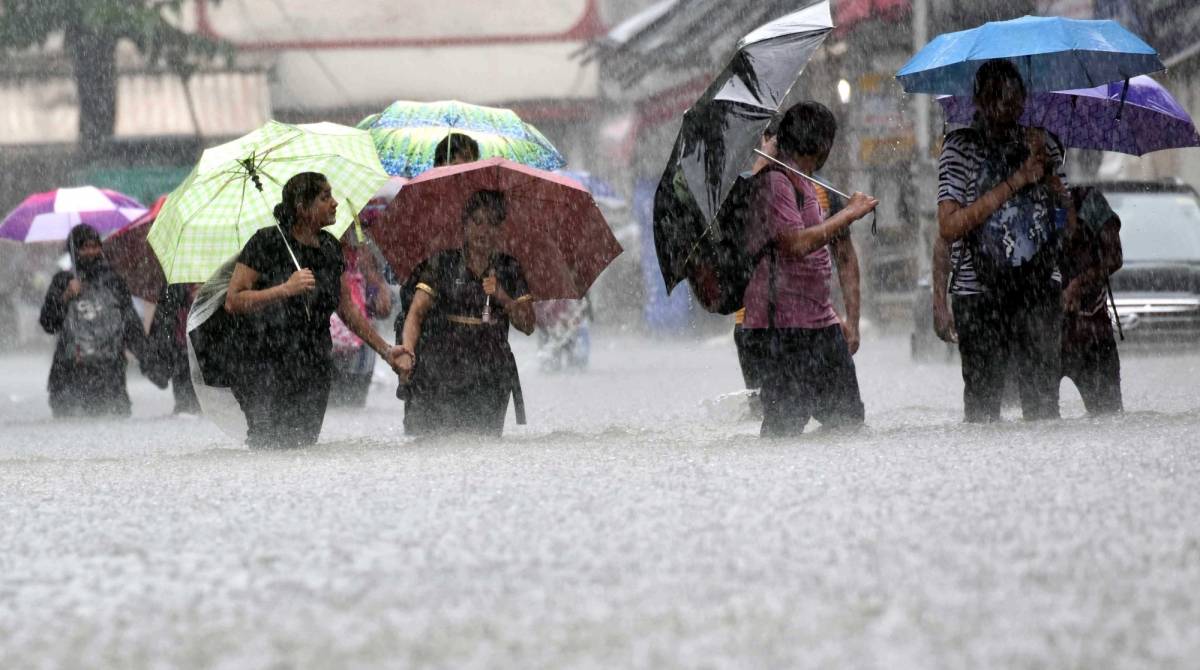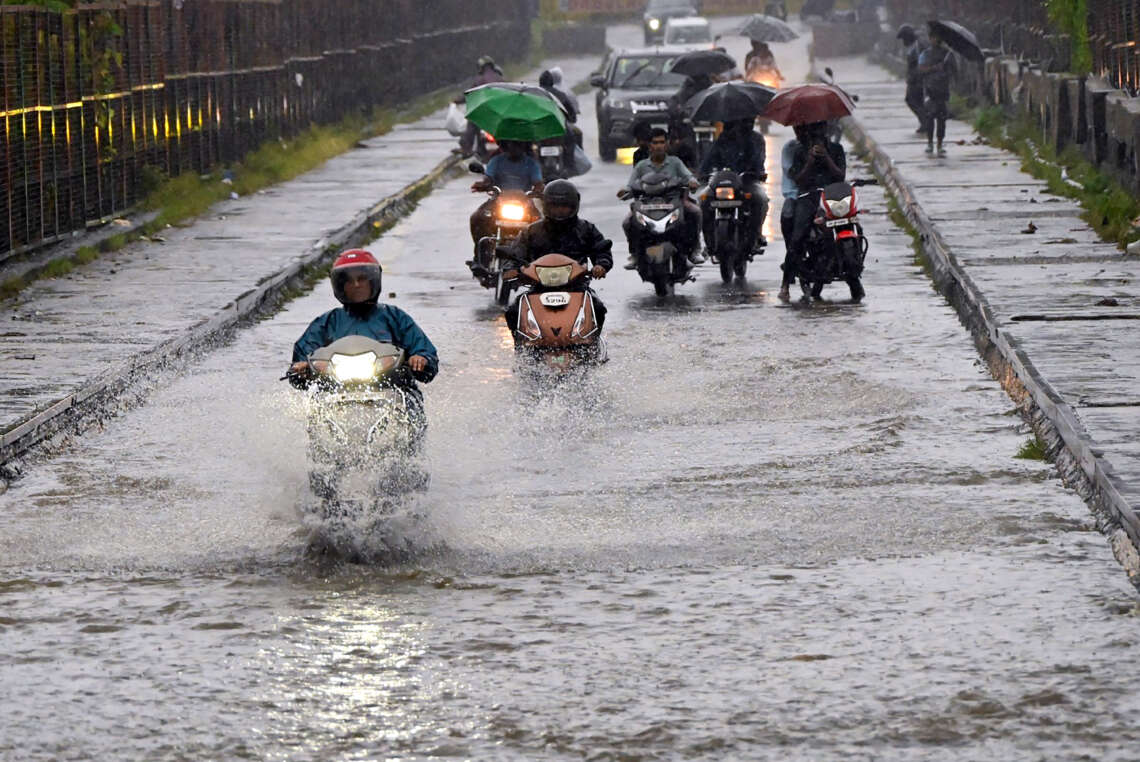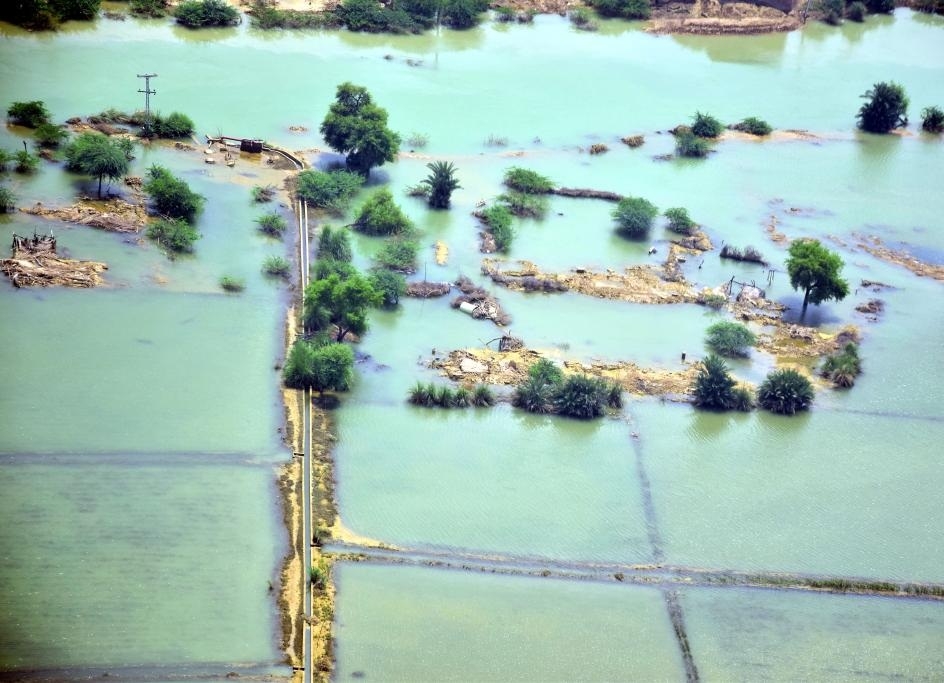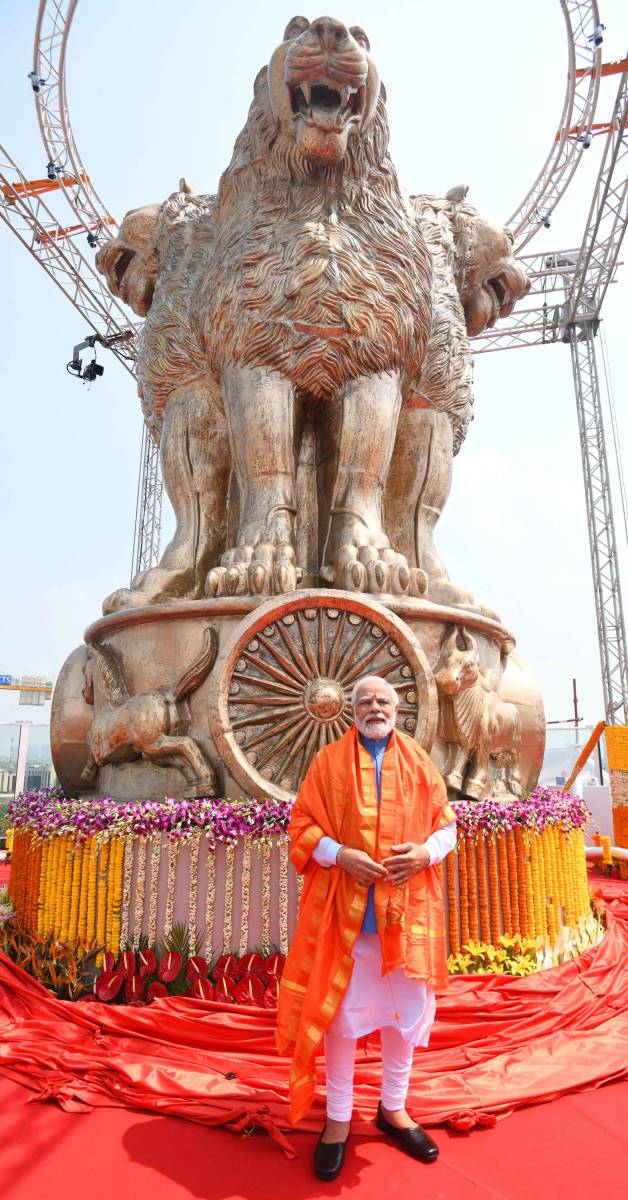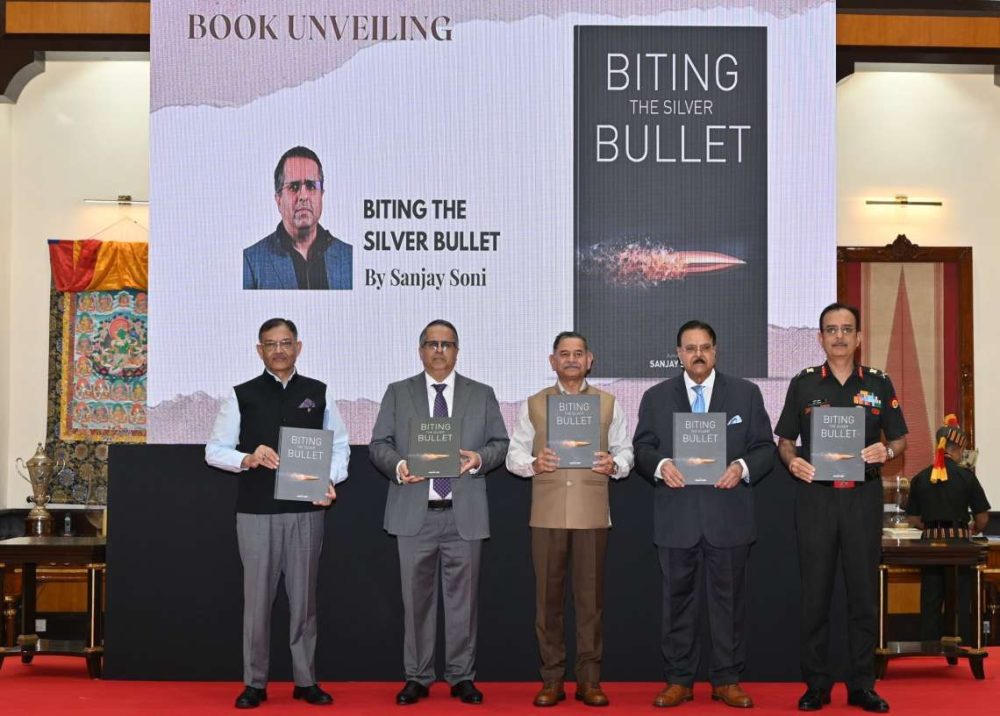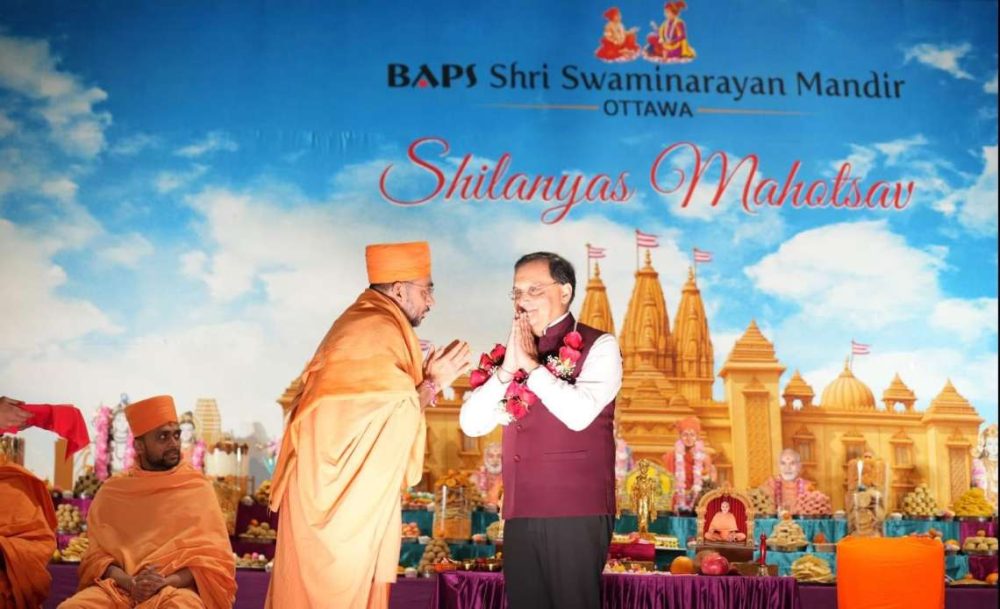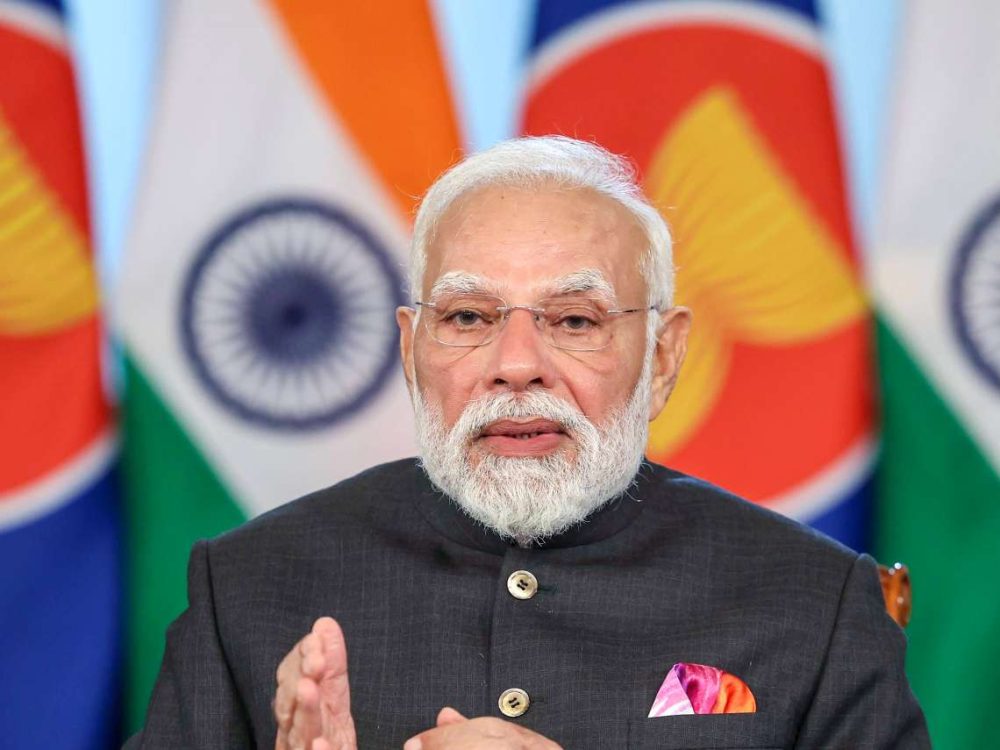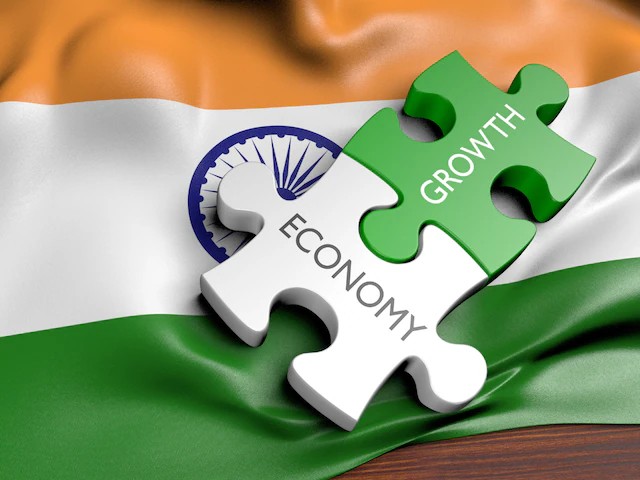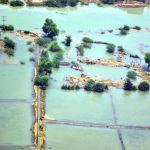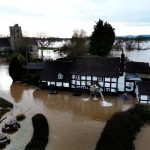Monsoon fury kills about a dozen people in Gujarat and Maharashtra, forces the evacuation of thousands more…reports Asian Lite News
Monsoon rain pounded the country’s west coast, killing about a dozen people in Gujarat and Maharashtra and forcing the evacuation of thousands more, even as the weather department predicted heavy and widespread showers to continue for the next five days in the region.
A flood-like situation was reported from many areas of the Konkan region, and heavy rain and strong winds hit Mumbai and its suburbs, inundating many parts of the city within a couple of hours.
“For the past seven days, it has been raining continuously over parts of the west coast and central India. This good rainfall is mainly because of cyclonic circulations and low-pressure areas developing one after the other, leading to widespread rain over Madhya Pradesh, Maharashtra, Gujarat, Odisha, Telangana, etc… Another low-pressure area is likely to develop over Odisha, which will again bring rain as it moves westwards,” said M Mohapatra, director general, IMD.
Some rainfall was also recorded in Delhi, bringing down the temperature but causing traffic snarls and waterlogging in some areas.
Heavy rain has hit large swathes of India over the last two weeks, flooding parts of the country’s west coast and impacting states in the Himalayan region, the east coast, the southern peninsula, and parts of north-west India. The downpour has already triggered landslides and flashfloods in Himachal Pradesh, Uttarakhand and Jammu.
IMD said thunderstorm, lightning and isolated heavy rainfall is very likely over Chhattisgarh, Vidarbha, Madhya Pradesh, Odisha, Maharashtra, Gujarat, Kerala, Mahe, coastal Andhra Pradesh, Yanam, Telangana and Karnataka during in the next 4-5 days.
In Gujarat, heavy rain claimed the lives of six people, with the total death toll due to rain-related incidents climbing to 69 since June 1. About 28,000 people were evacuated from flood-affected areas and 18,225 of them remained in shelters, state disaster management minister Rajendra Trivedi said. Heavy rainfall resulted in severe waterlogging and a flood-like situation in Ahmedabad and Rajkot.
Several villages in Gujarat have been cut off, prompting officials to deploy helicopters to rescue people. National Disaster Response Force teams are working to rescue people in many areas.
Prime Minister Narendra Modi has assured all possible help to Gujarat chief minister Bhupendra Rajnikant Patel, including the National Disaster Response Force to tackle the situation. According to the Gujarat CM’s officer, Modi had a telephonic conversation with Patel to enquire about the dire situation created by widespread and heavy rain.
In Maharashtra, at least nine people died amid heavy rainfall. The deaths on Tuesday took the toll in the state between June 1 and July 12 to 90, officials said.
Heavy rains accompanied by strong winds lashed Mumbai and suburbs and also flooded many parts of the city within a couple of hours, throwing road traffic out of gear at some places, amid an orange alert issued by the India Meteorological Department (IMD).
Of the nine deaths in the last 24 hours in Maharashtra, two people were killed after a structure collapsed in a Mumbai suburb, while one person drowned in the Gadchiroli district in east Maharashtra, an official said. The incessant showers affected 10 villages in Gadchiroli, Nandurbar and Mumbai suburban regions, they said.
The administrations in Thane and Palghar districts have alerted villages near river banks, warning them of a possible overflow of dams, as catchment areas have received heavy rainfall over the last few days, officials said.
The Met department has also predicted intense wet spells over Goa from Tuesday. “A fresh intense wet spell likely over Gujarat, Konkan & Goa, Madhya Maharashtra and coastal Karnataka from 12th July, 2022,” IMD said in a tweet on Sunday.
Rains continued to lash northern Telangana, with Kerameri village in Kumaram Bheem district receiving the highest rainfall of 188.5mm in the last 24 hours on Tuesday. Consequent to the rains, low-lying areas were inundated and waterlogging was reported at some places in Adilabad, Warangal and other districts of the state. Rivulets and other water bodies were in spate. Four members of a family, including two children, died of electrocution at Beedi Colony Workers under Devanpally police station limits in Kamareddy district due to heavy rains.
In Karnataka, at least four people lost their lives, even as traffic was thrown out of gear in many areas.
Over 9,600 villagers from several houses were evacuated to safety in different districts of Andhra Pradesh as a swelling River Godavari inundated several villages along its course, the state government said.
“This is an unprecedented flood in the last 100 years that has come in the month of July itself. The flood discharge may go up to 15-16 lakh cusecs by Wednesday and the heavy inflow in Godavari may continue because of rain in upper catchment region in Maharashtra,” chief minister Jagan Mohan Reddy said.
The monsoon covered the entire country on July 2, six days in advance, and the low-pressure area formed over Odisha on July 3.
A low-pressure area originating off Odisha has gradually moved north and west, inwards into the country. This pattern, experts said, effectively activates the monsoon, which typically goes through phases of inactivity even after covering the country.
M Rajeevan, meteorologist and former secretary at ministry of earth sciences, said: “Monsoon is likely to be in active condition at least till 17 July in west coast and central India will get heavy rains.”
Experts say the monsoon trough shifted southward in July and has remained there.
“This month, the trough has remained south, leading to torrential rain over central India and absolutely dry conditions over the Indo-Gangetic Plains region particularly Jharkhand, Bihar, parts of Uttar Pradesh and West Bengal. The western end of the trough has sometimes shifted slightly northward leading to only patchy rains over Haryana, Punjab, etc, but no rain over Delhi,” said Mahesh Palawat, vice president, climate change and meteorology, Skymet Weather.


